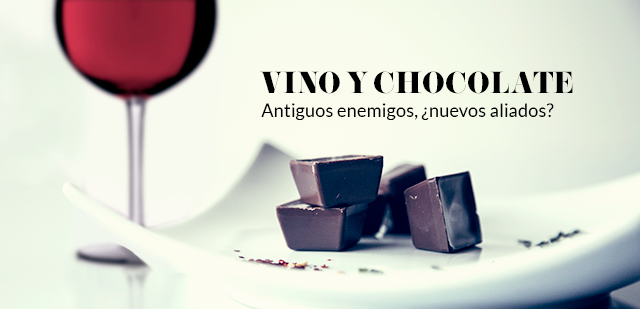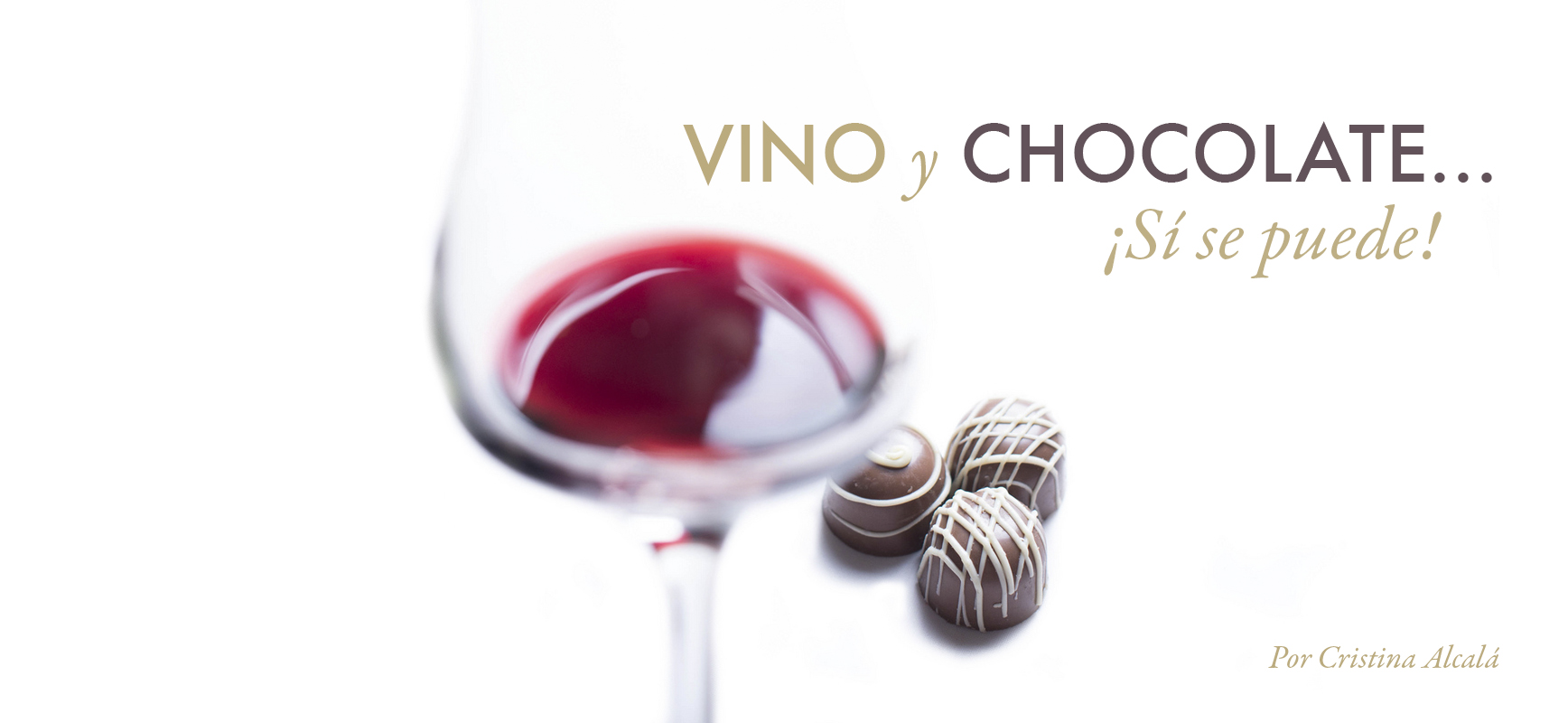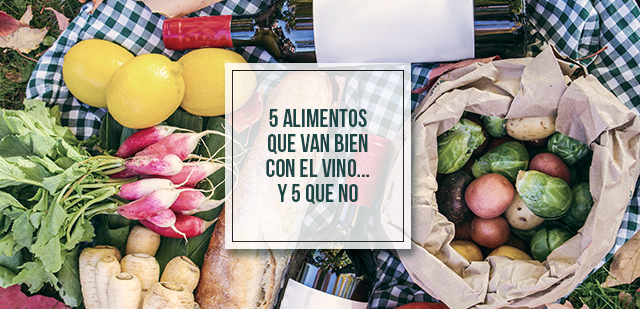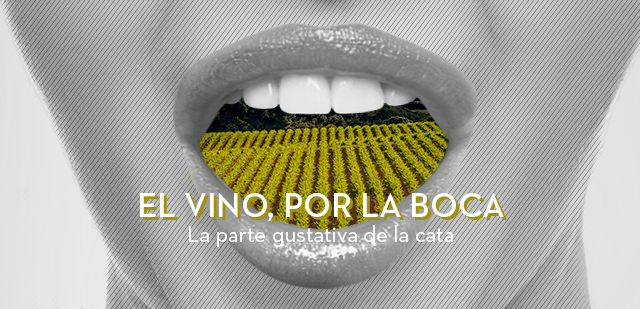Wine & Chocolate: Old Enemies, New Allies

Most lasting relationships usually get off to a tumultuous or at least somewhat dramatic start. Over time this particular pair's long love-hate relationship has overcome culinary barriers and proven itself the perfect alliance for adventurous palates.
A bit of history
Until the second half of the 17th century, Europe's water was undrinkable, and the water systems in big cities were a decrepit reminder of the Roman Empire. Liquor did not exist, beer couldn't be preserved without hops, coffee hadn't been discovered yet... and the most hygienic alternative was wine.
Things began to change during the second half of the century: cities built new water supply and sewage systems; the Dutch refined spirits, which soon seduced the English; and, most importantly, new products began arriving from exotic lands, which delighted the European aristocracy, often bored and eager for novelties. Tea from China and India, coffee from Arabia, and the most versatile of them all: cocoa from the American continent. Too much competition for wine, which saw itself losing ground to the newcomers. Novelty was seductive.
The wine industry was stuck in the past. A rigid sector devoid of ideas in contrast to the nascent chocolate industry, which was growing exponentially. Cocoa could be drunk bitter or eaten sweet, and wine was... just wine.
The invention and increasingly regular use of glass bottles to store wine (which almost coincided with the cork and corkscrew), as well as their subsequent role in helping winemakers craft bouquet, gave the industry a chance to reinvent itself. Things were getting better and better... until the outbreak of phylloxera.
Globalized palates: food and wine pairing.
[[{"fid":"8345","view_mode":"default","type":"media","link_text":null,"attributes":{"height":690,"width":1035,"class":"media-element file-default"}}]]Matching wine and chocolate at the latest Wine & Culinary International Forum
When it comes to pairing wine and chocolate, François Chartier's take on the matter, presented at the latest Wine & Culinary International Forum, is a must. For his presentation, the Canadian “alchemist” and createur d'harmonies joined forces with master chocolatier Ramon Morató to reveal the reasons for the success of this particular match.
The fortuitous encounter in similarity pairings is due to the presence of molecules from the same family of aromatic precursors in both the wine and food. The aromas and flavors to come together organically and play effortlessly across the palate.
[[{"fid":"8346","view_mode":"default","type":"media","link_text":null,"attributes":{"height":741,"width":1112,"class":"media-element file-default"}}]]F. Chartier talks about wine and chocolate pairing at Wine & Culinary
The secret to a good wine and chocolate match lies in the same basic principle that applies to pairing wine and sweet foods: the sweeter the food, the sweeter the wine. Extrapolating, we can say that lighter wines go well with lighter chocolates, whereas wines with more body are a good match for chocolates with a higher percentage of cocoa.
But it isn't all about flavor. Wine and chocolate offer a great variety of textures, aromas and flavors. Success depends on choosing wisely and having curiosity. Generally speaking, we could say that:
- Medium-bodied and partially barrel-aged reds offer red fruit and spicy aromas.
- Complex oak-aged reds tend to influence notes of tobacco, coffee and vanilla.
- White wines offer white fruit and floral as well as citrus notes.
- Dessert wines (white and red) affect texture, resulting in creamy sensations that are beyond delightful.
The convergence of technology and access to information break down barriers and question everything. Curiosity opens us to what the world has to offer, and the world is in the palm of our hand.
Let's celebrate this encounter between old enemies, now allies!



